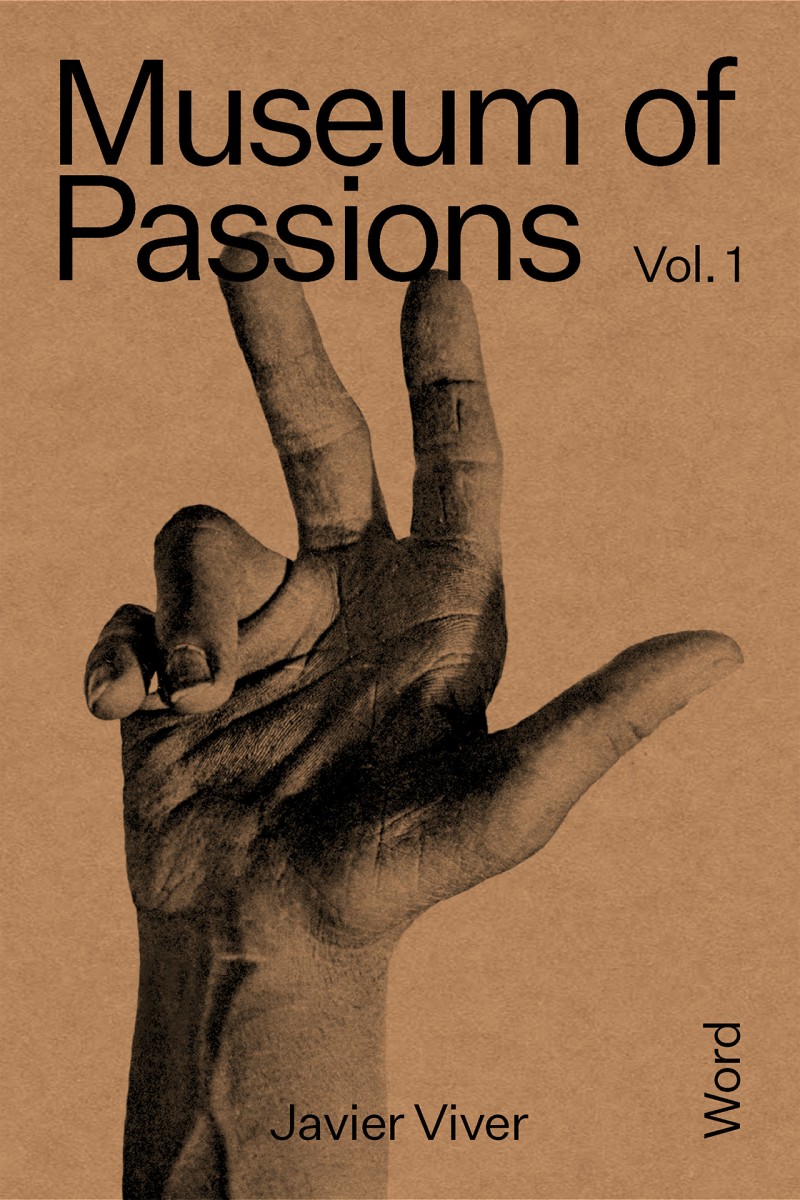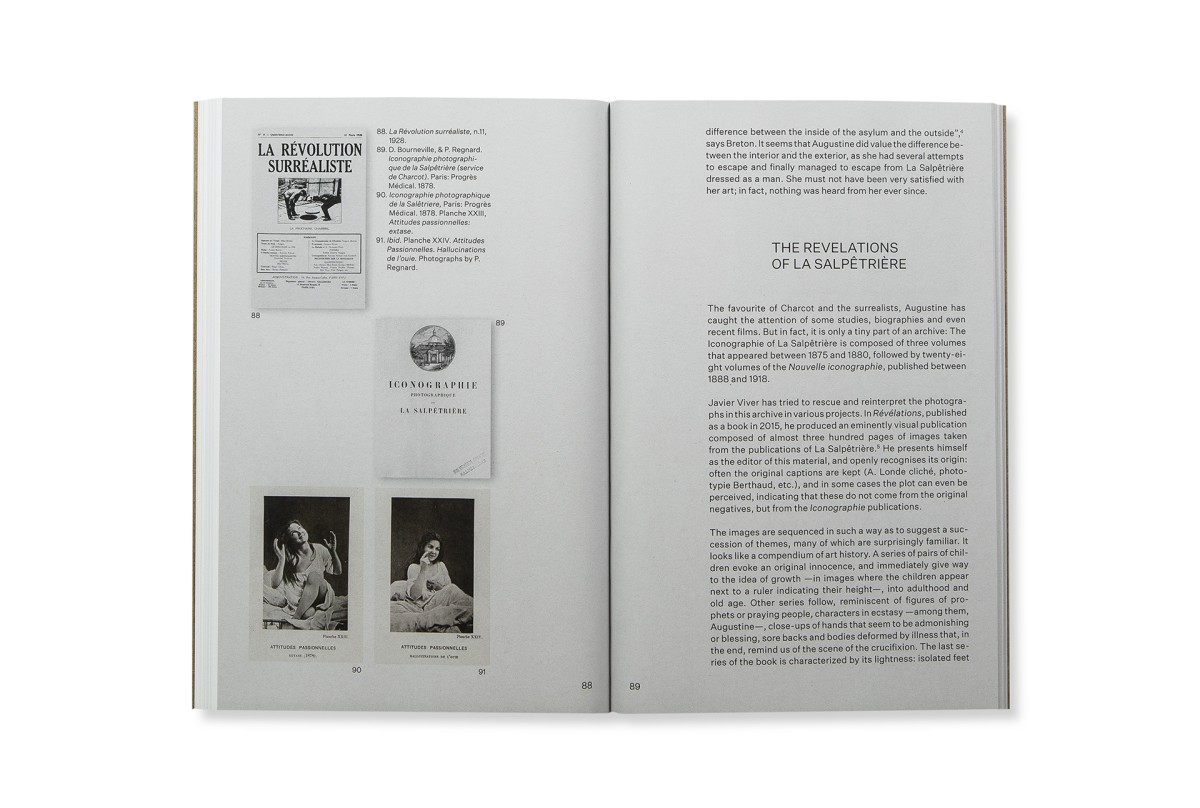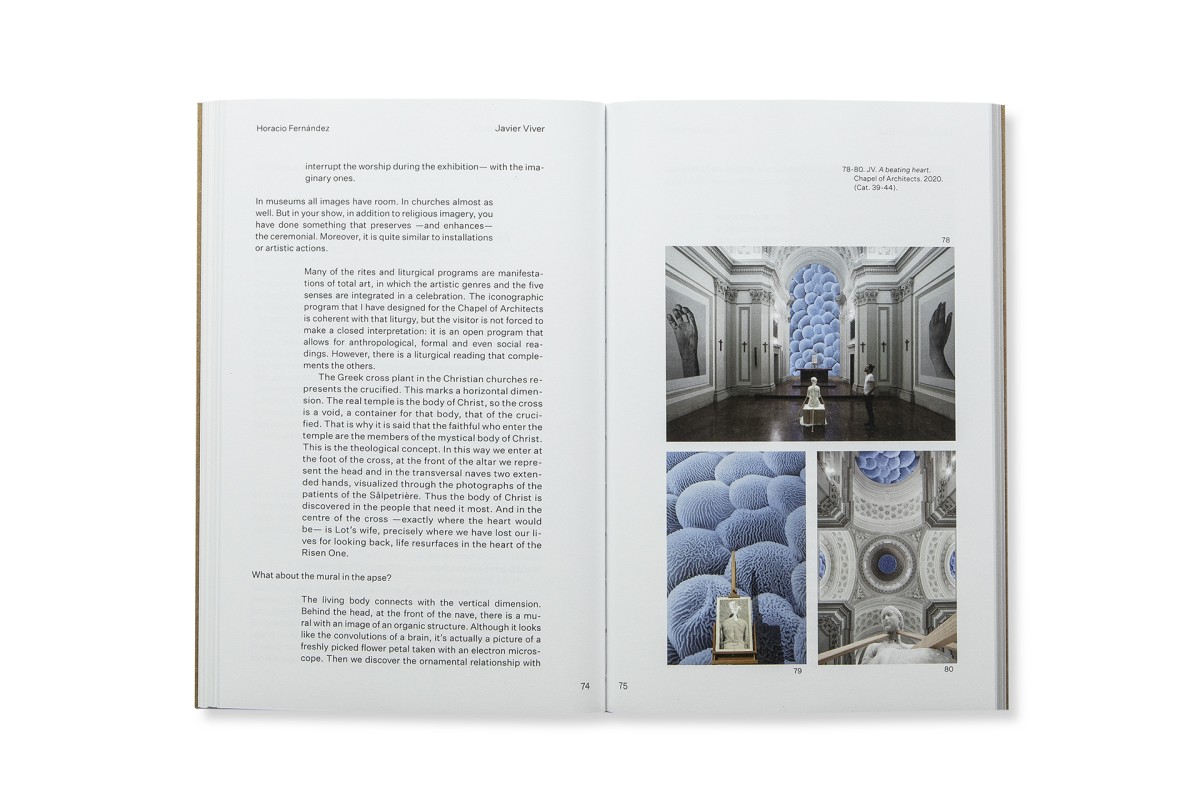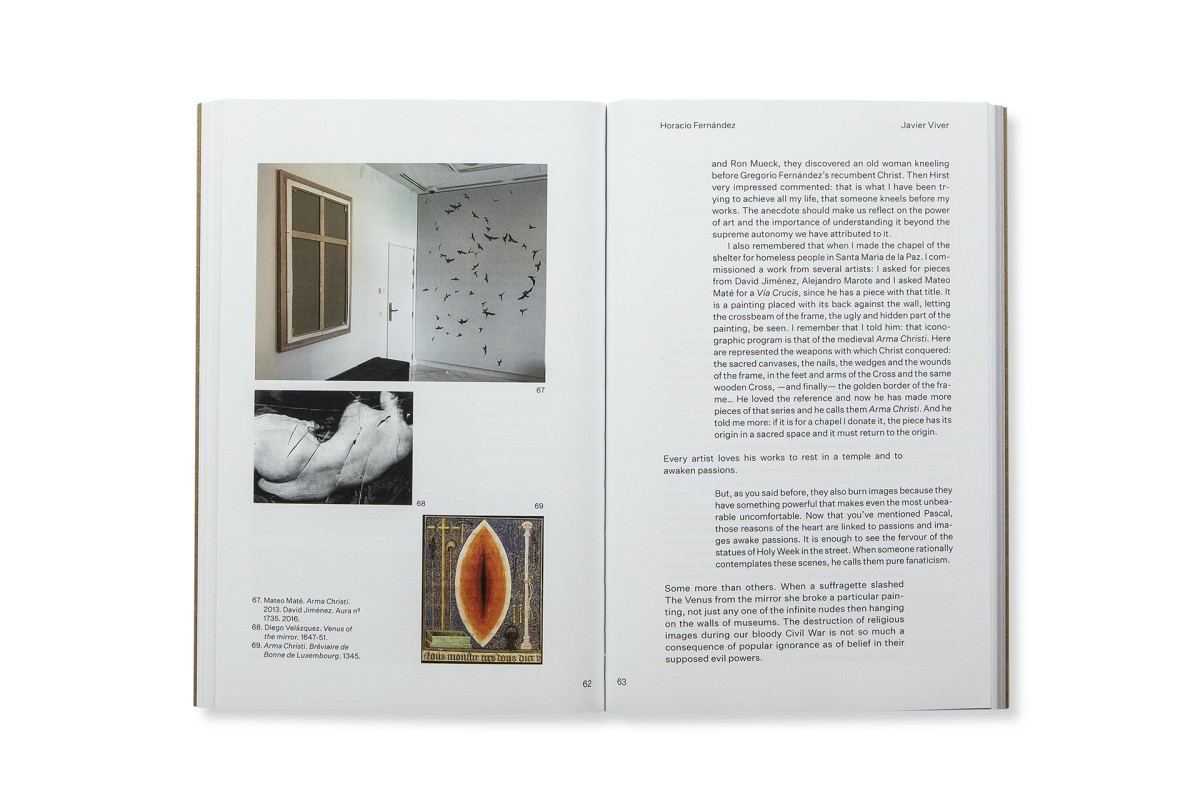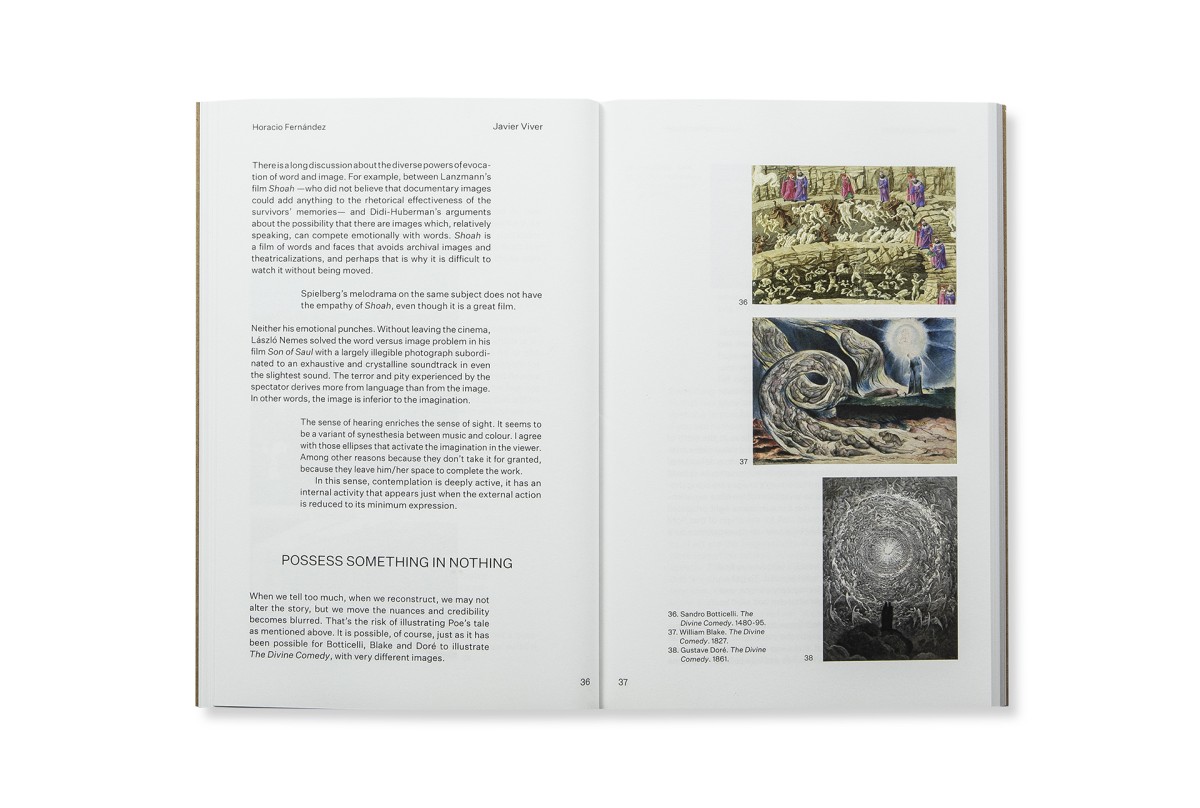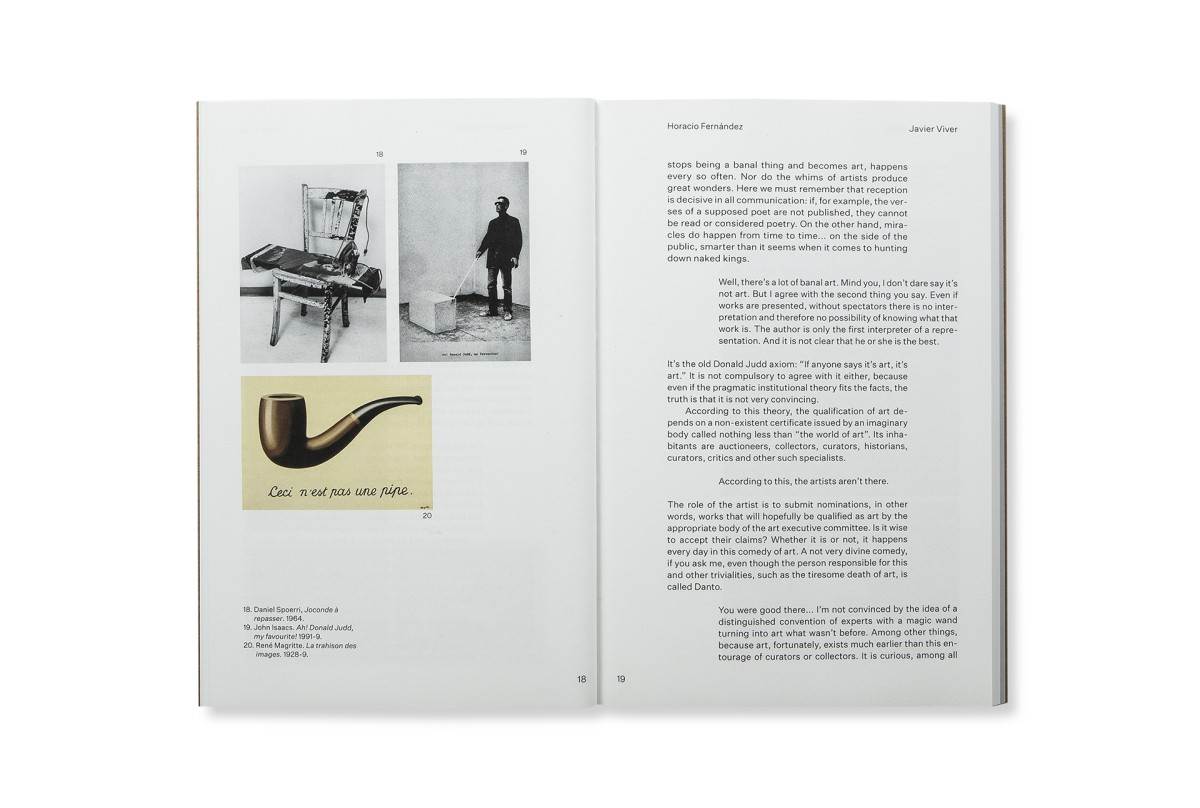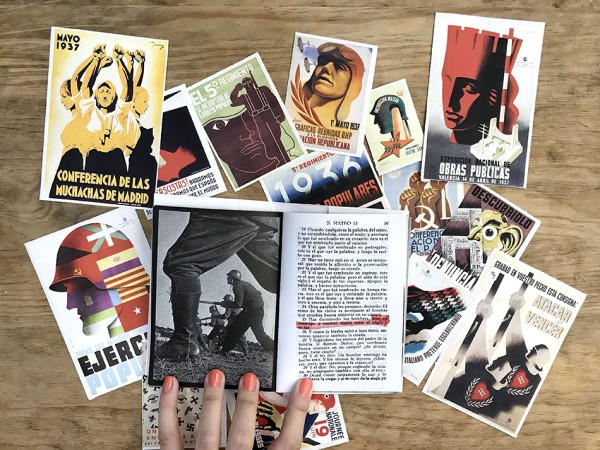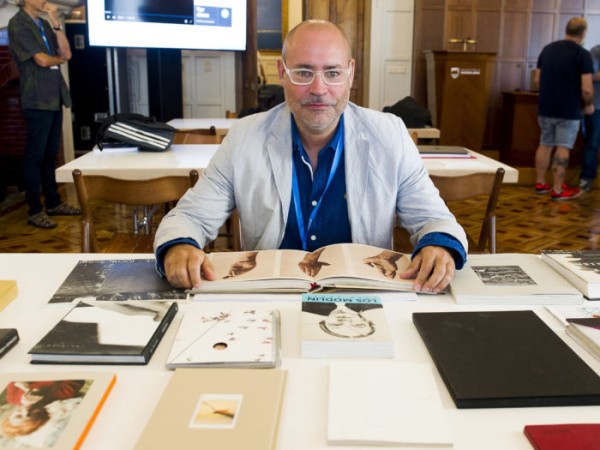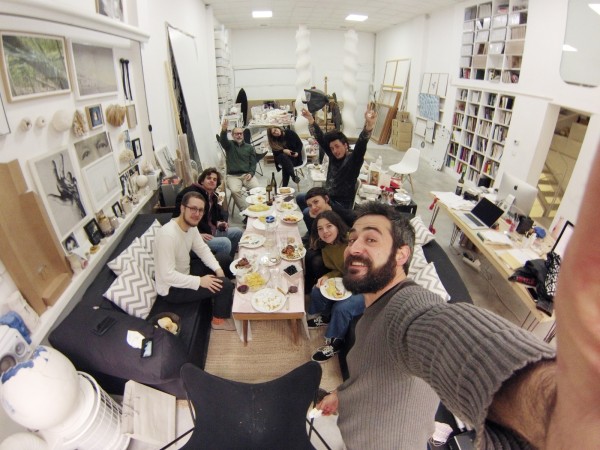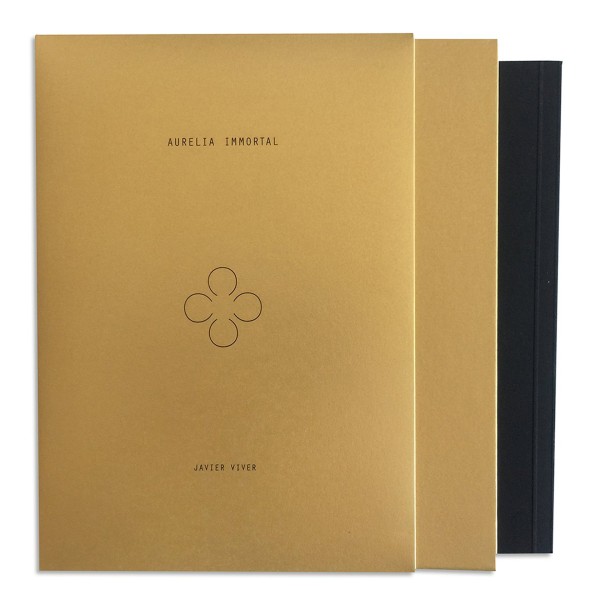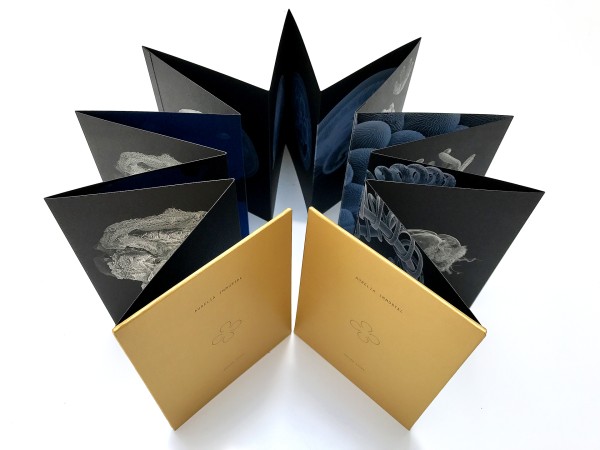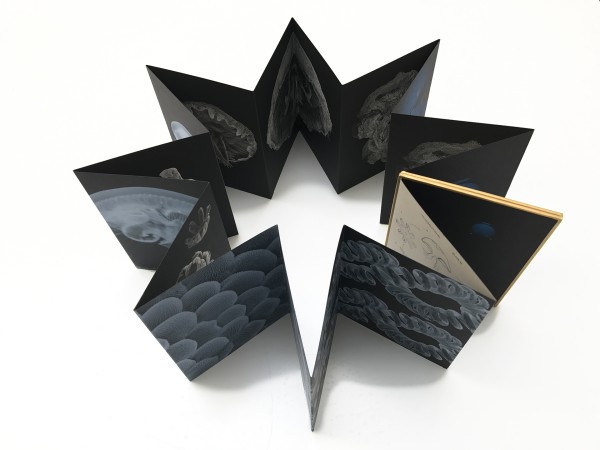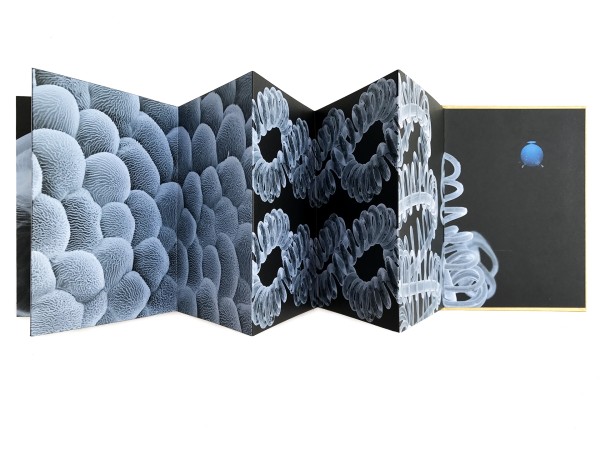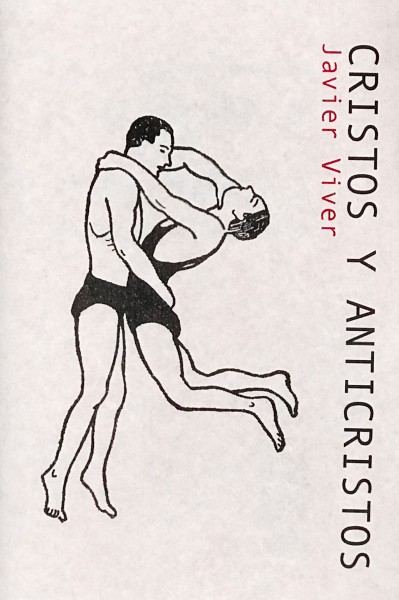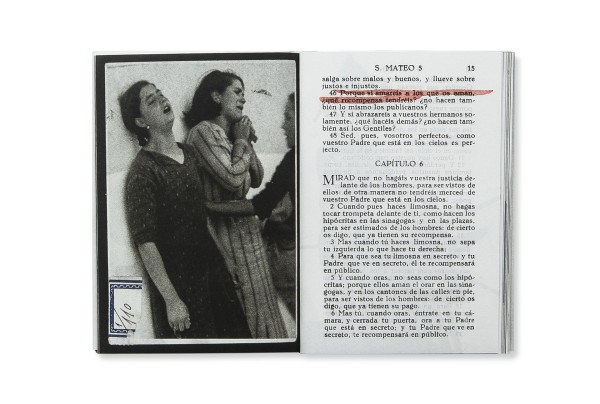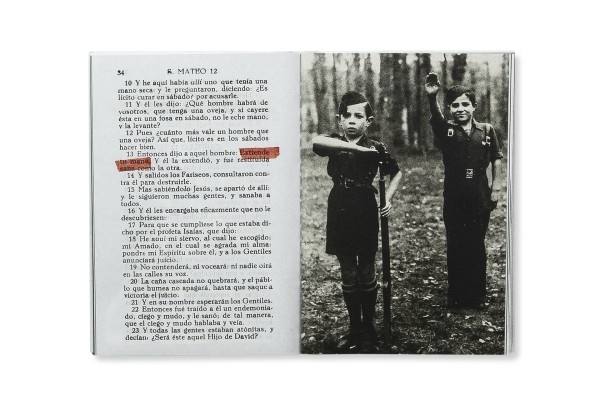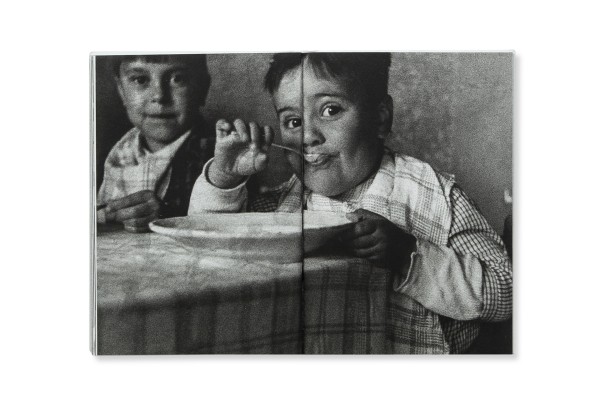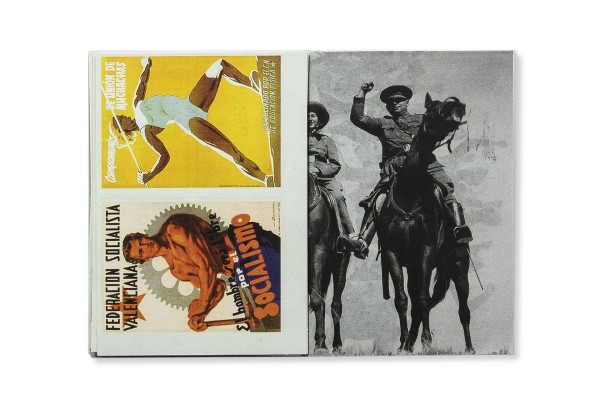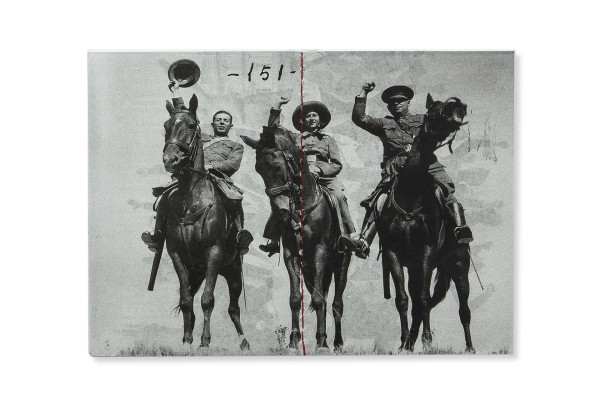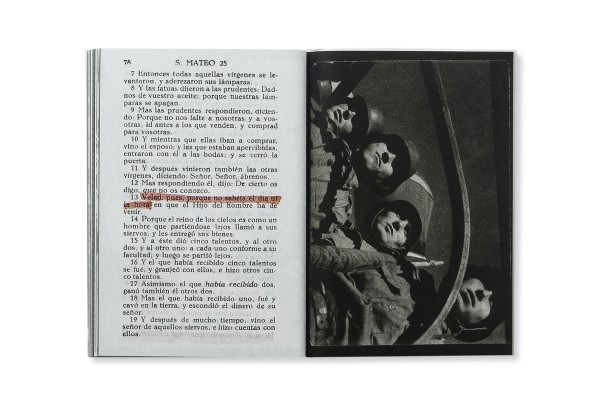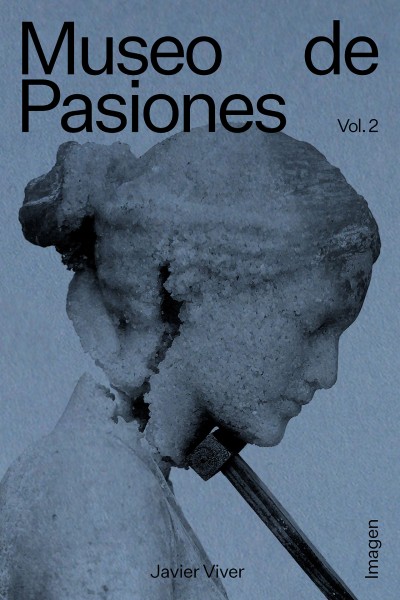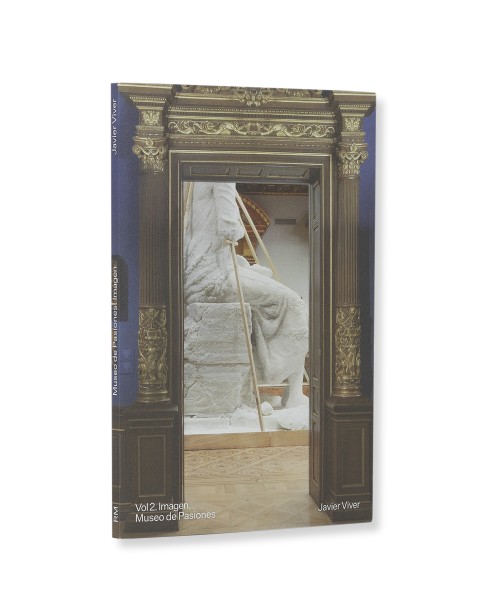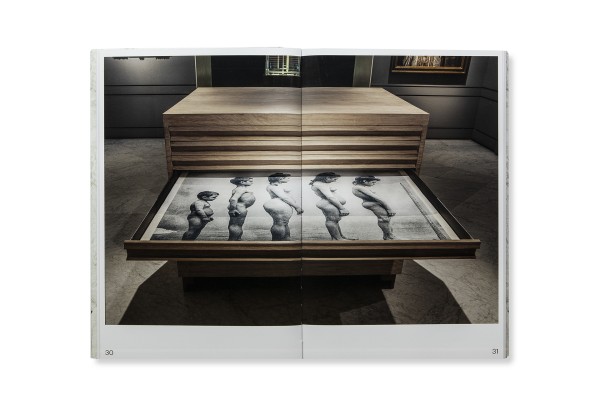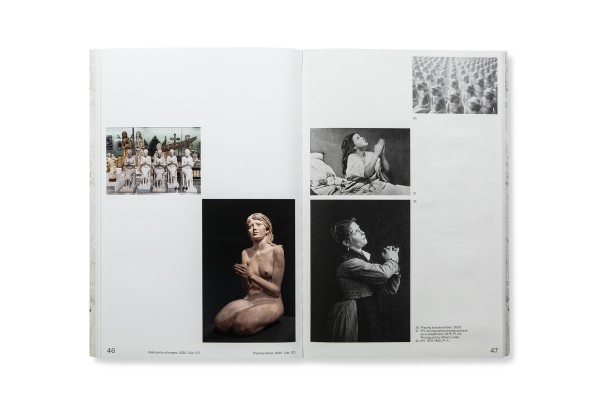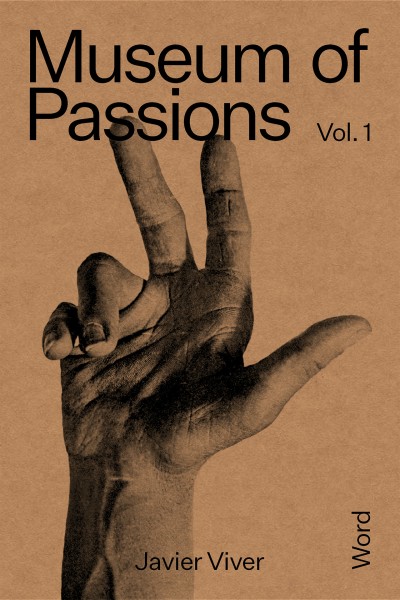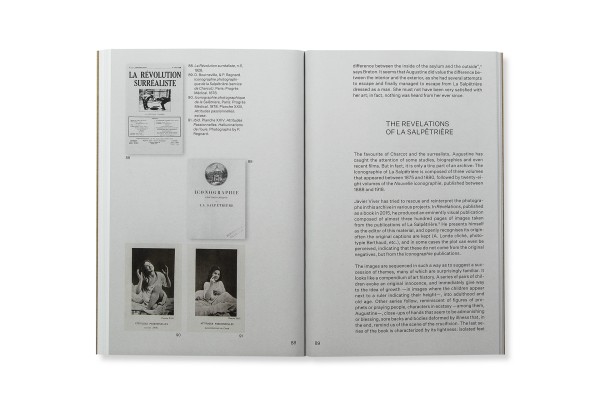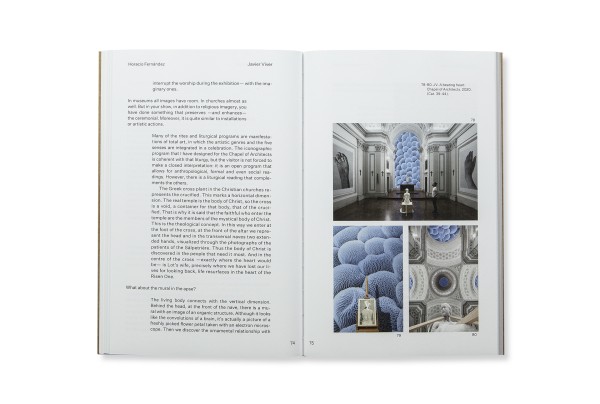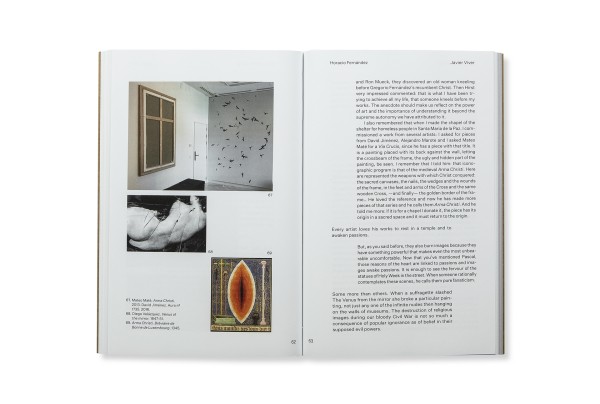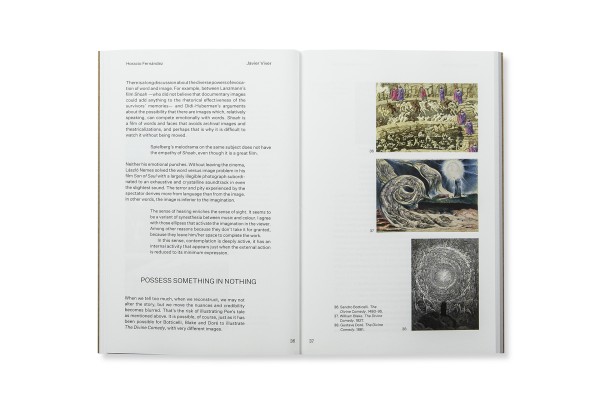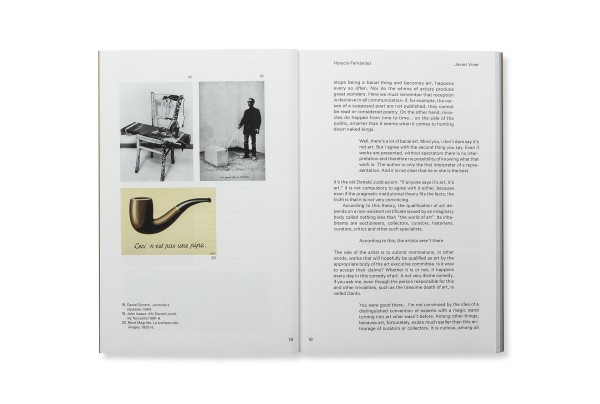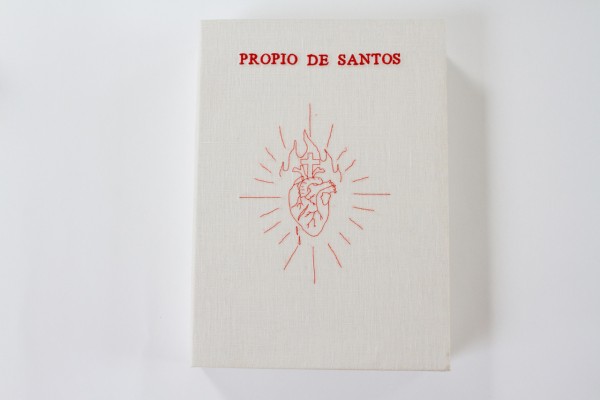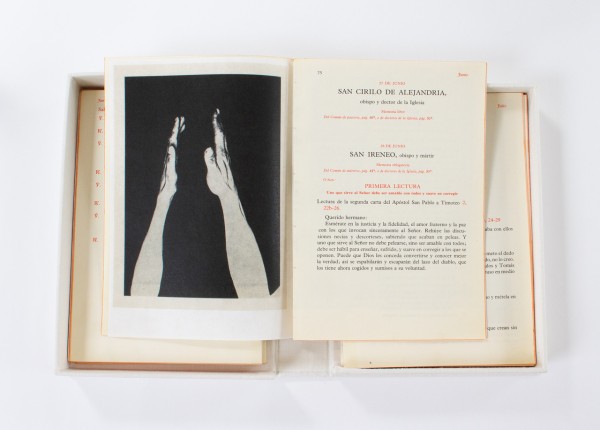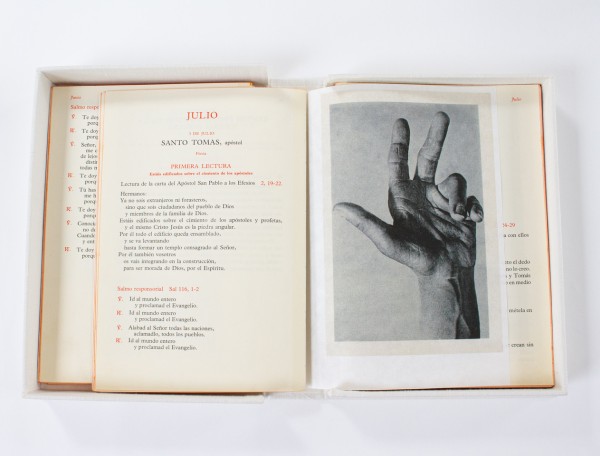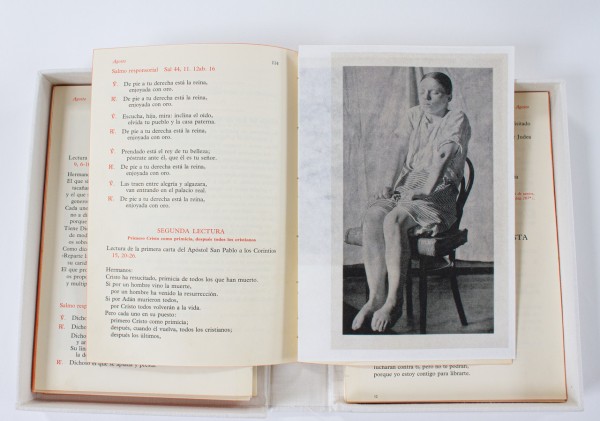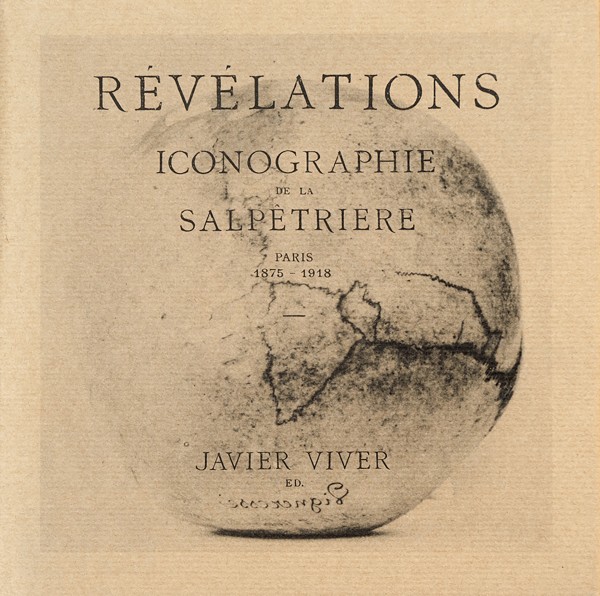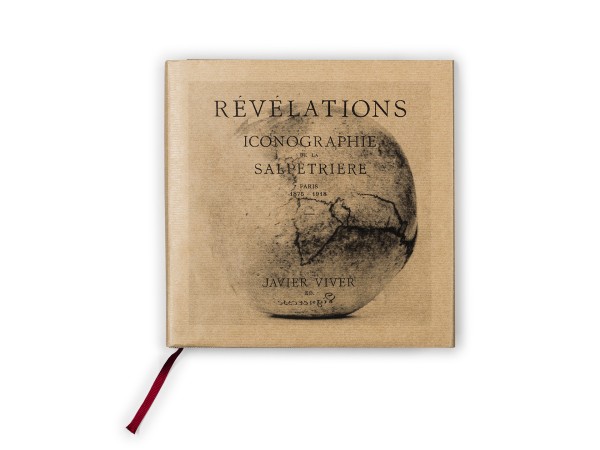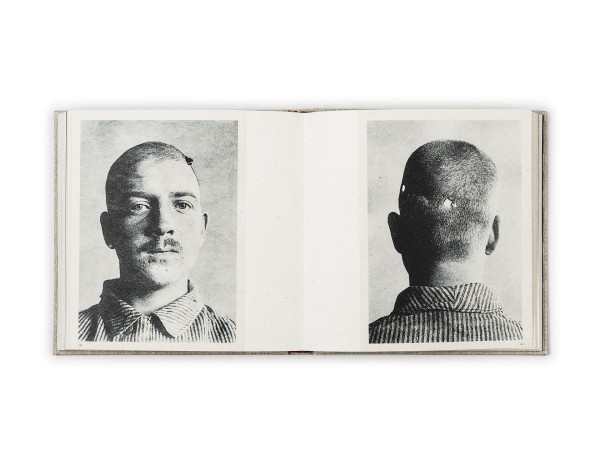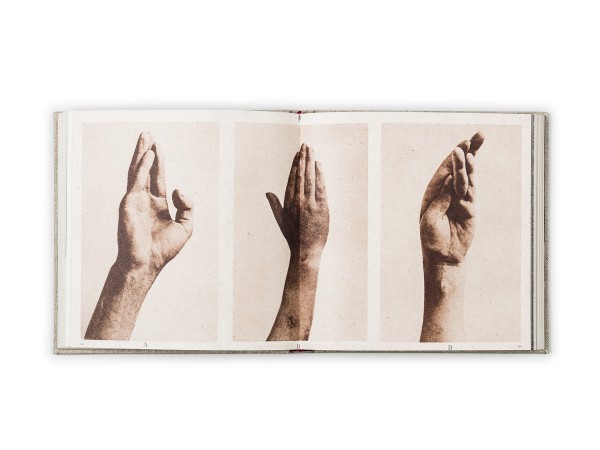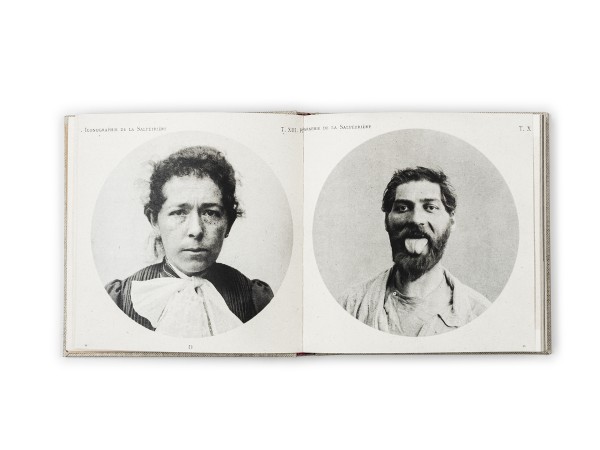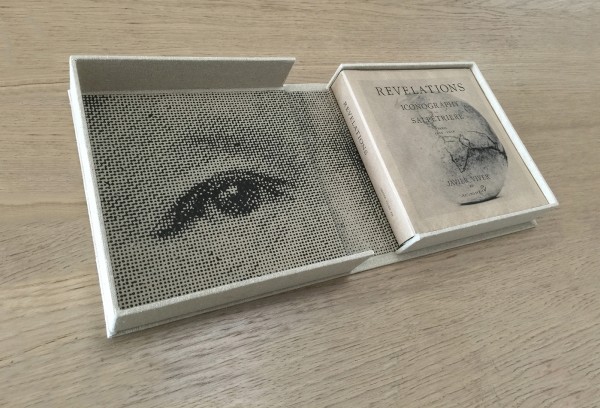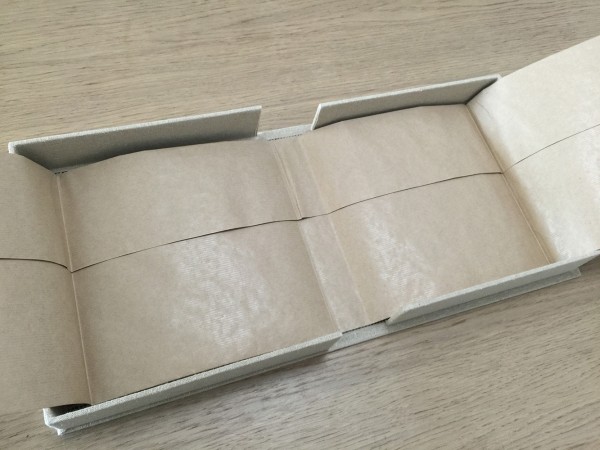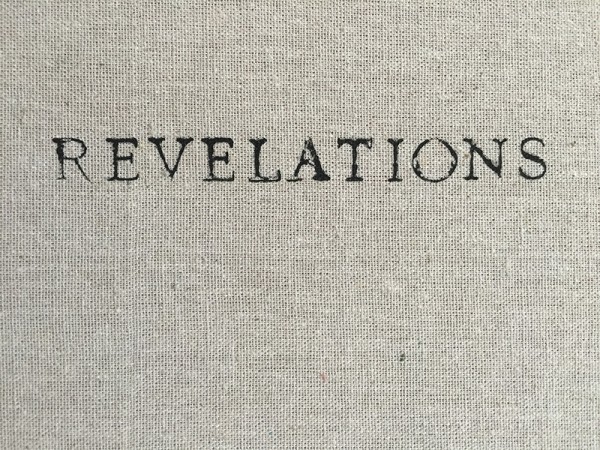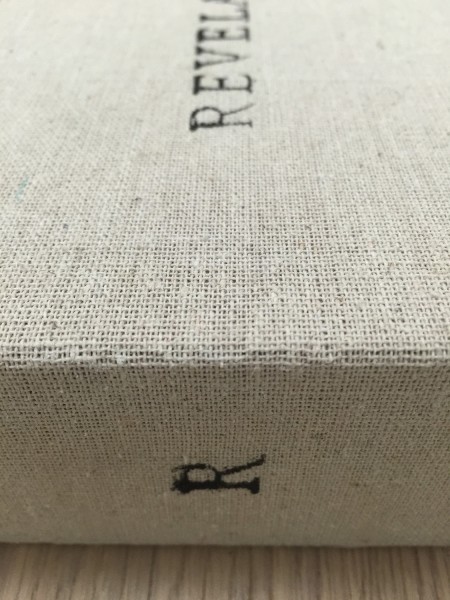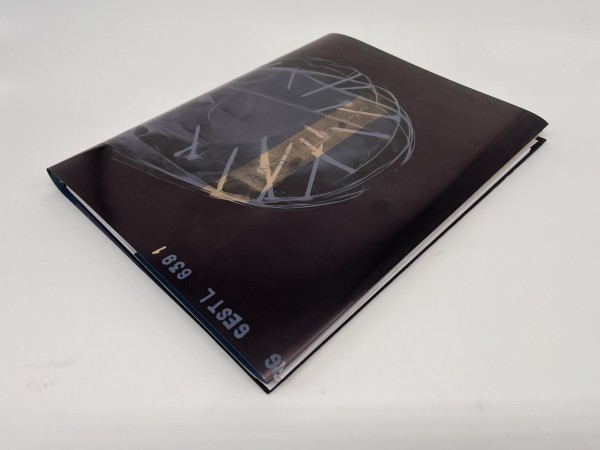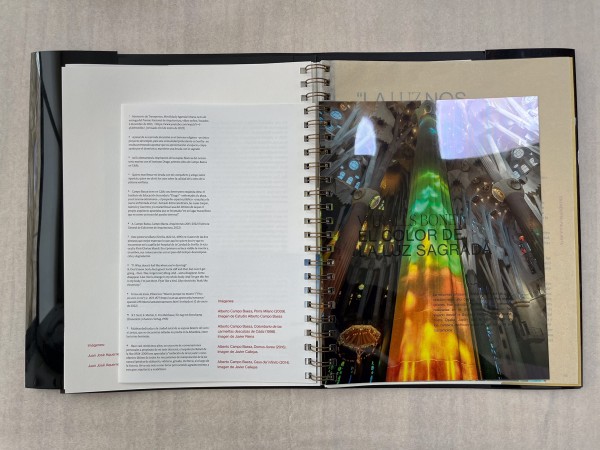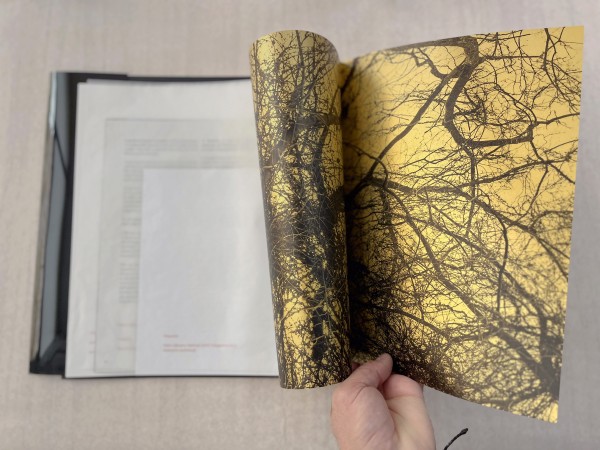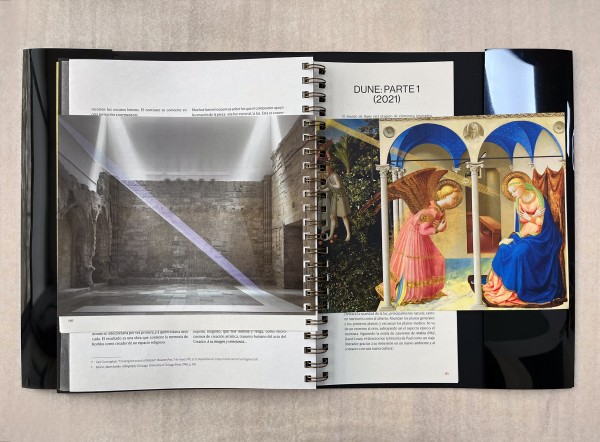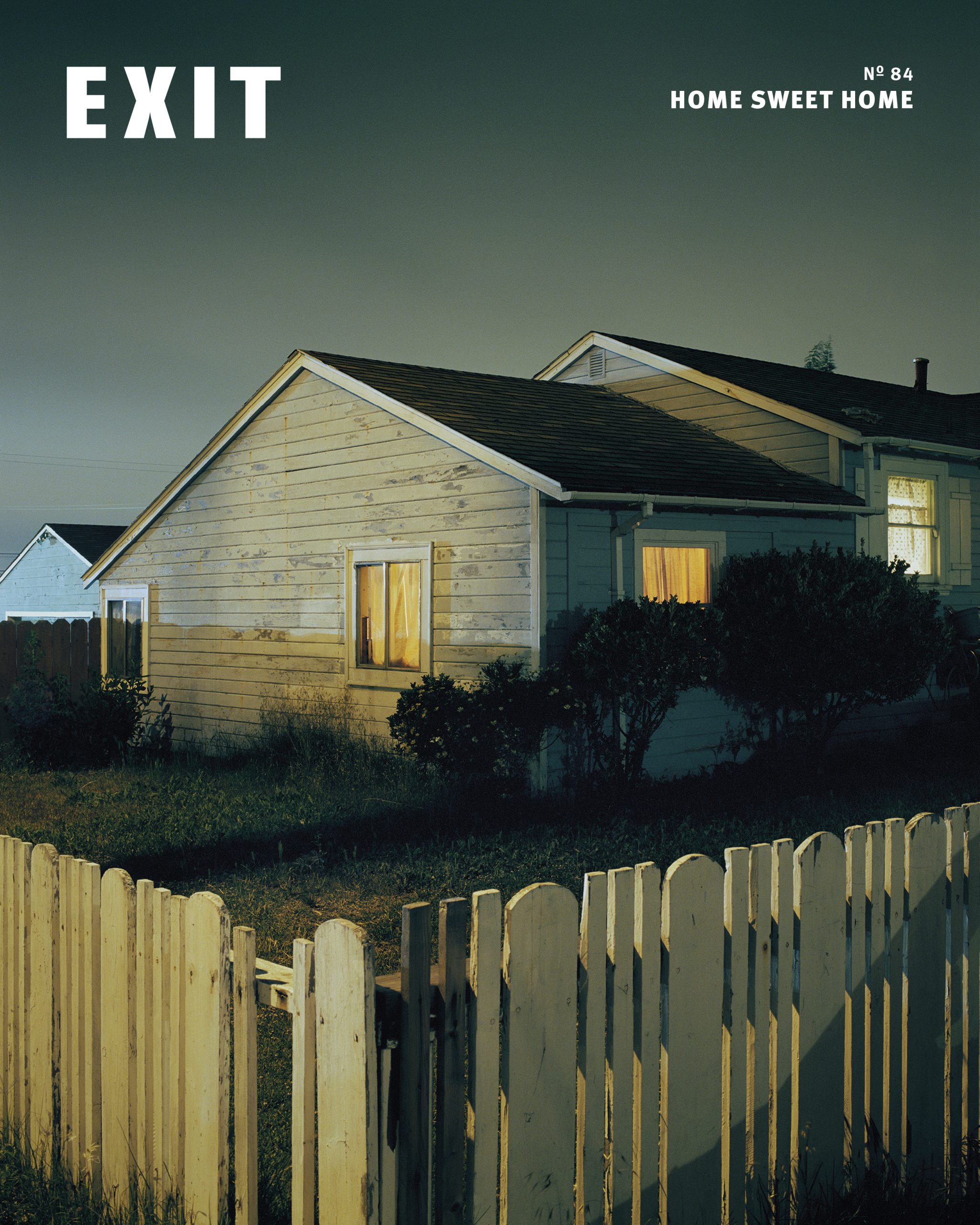El fotolibro Révelations, de Javier Viver está basado en la Iconographie de La Salpêtrière, uno de los primeros archivos fotográficos en el campo de la psiquiatría clínica.
Dirigido por Jean-Martin Charcot y patrocinado por el estado francés, supuso un esfuerzo de catalogación de lo inclasificable mediante las nuevas técnicas fotográfico-documentales. Lo marginal, aquello que no entraba en la lógica racional del proyecto moderno, se sometió a disección en La Salpêtrière. Se midió, se documentó y clasificó de forma sistemática.
Pero en esta operación, el uso de la fotografía propició la incorporación del espectáculo y con el toda una trama de complicidades entre los pacientes y sus fotógrafos. El espectáculo de La Salpêtrière se hizo teatro de variedades en las sesiones de los martes, ante una concurrida representación de las élites culturales y científicas, mediante la inducción por hipnosis de contorsiones, crisis epilépticas y ataques de histeria, el registro y exposición de gabinetes de curiosidades y rarezas biológicas, fenómenos y monstruos.
El resultado fue un archivo fotográfico sin precedentes, testigo de la época colonial, realizado con la intención “panóptica” del régimen disciplinario y documento sistematizado de los límites del alma humana. A partir de un trabajo de campo con más de 4.000 fotografías y 32 volúmenes publicados entre 1875 y 1918, Javier Viver realiza una nueva compilación y edición de la iconografía del famoso hospital parisino. Así, más allá de su original interpretación clínica, el archivo es mostrado en un contexto crítico contemporáneo, abierto a nuevas lecturas, asociaciones y planos de interpretación.
_
The Iconographie de La Salpêtrière is one of the first photographic archives in the field of clinical psychiatry.
Under the direction of Jean-Martin Charcot, and financed by the French government, this archive constituted an effort to catalogue the unclassifiable through new photographic-documentary techniques. The realm of the marginal –whatever failed to fit into the rational logic of the modern project– was subject to dissection at La Salpêtrière. It was systematically measured, documented, and classified.
In this operation, however, the use of photography fostered the incorporation of spectacle and, with it, an entire network of complicities between patients and photographers. The spectacle of La Salpêtrière became a variety show at every Tuesday session, played out in front of a representative sampling of cultural and scientific elites, through the induction of contortions by hypnosis, epileptic seizures, and fits of hysteria, and the registry and exhibition of cabinets of curiosities, biological rarities, freaks, and other phenomena.
The result is an unprecedented photographic archive, a witness to the colonial era, assembled with the “panoptic” intent of a disciplinary regime, and a systematic documentation of the limits of the human soul.
Based on field work with more than 4,000 photographs and thirty-two volumes published between 1875 and 1918, Javier Viver has assembled a new compilation and edition of the iconography of the celebrated Parisian hospital. Beyond its very original clinical interpretation, the archive is presented in a contemporary critical context, open to new readings, associations, and levels of interpretation.
